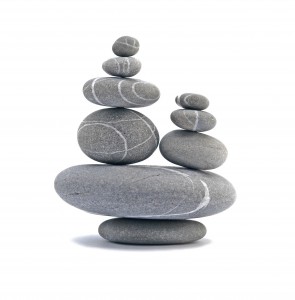Almost didn't read the pages of this thread due to the out-of-nowhere flame war on the first page, but very glad I did. Zen in the Art of Archery quotes, Buddy Hall facts, great different 'tips' to experiment with and study. That's what I love AZ for: I find a few of these tips (such as Pidge speaking of, I think, shooting with the same acceleration and tempo on all shots, and controlling the power/finishing speed with the length he brings back his grip-hand) and then study them for a week, and then they're somehow just 'in' my stroke, and I reap the rewards. When I'm playing poorly, I'll start cycling through all the different tips, trying to visualize them with special care as I line up and evaluate a shot, and it usually tethers me back down to a solid game.
Love to hear about Buddy Hall, my favorite player of all time. How can you watch him and not love how he seems to have it all figured out and boiled down into perfection? When I first began playing, I tried to copy Efren's stroke. Then I saw my first Buddy Hall tapes, grew up and COMPLETELY copied Buddy's stroke, every pause, the way he steps into the shot, everything. Wish I could use it to the same effect he's able, but I wouldn't want to shoot any other way.
Thanks for the thread, C.J., lots of winning thoughts here. I certainly agree about the length of your follow through creating different bite or reaction on the cue-ball. It may be something subconscious causing it, something without much to do with the after-contact follow through, but its 'trigger' for me -- that is, the only way I can mobilize it intentionally and make it happen in a non-accidental manner -- is by focusing on an exaggerated follow through. Remember, 'it' shoots. 

